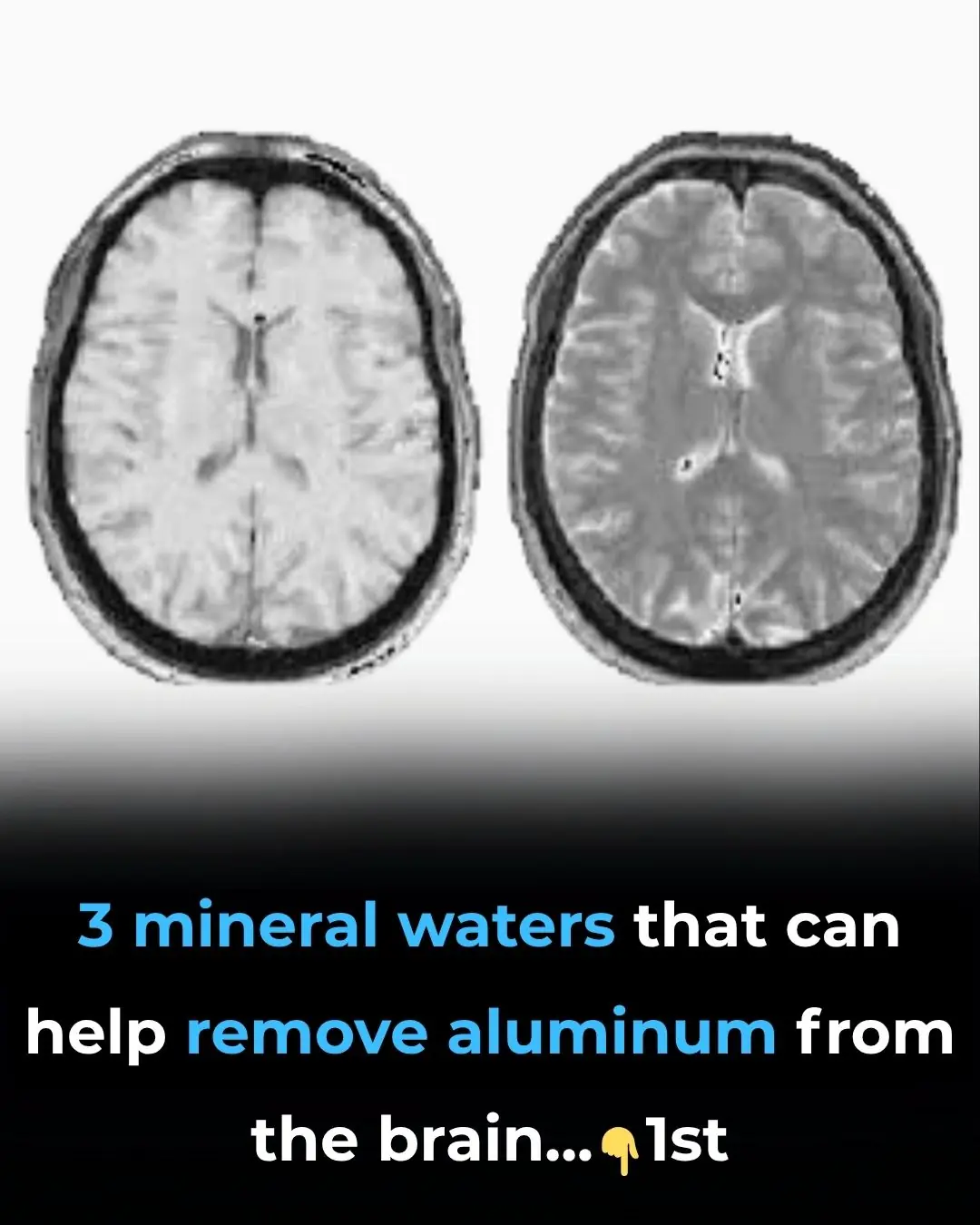What Are Tonsil Stones …and How Can You Prevent Them
If you’ve ever felt like there’s something stuck in the back of your throat, or you’ve noticed persistent bad breath that just won’t go away, you might be dealing with something surprisingly common: tonsil stones.
Also known as tonsilloliths, these small, hard formations can form in the tiny crevices of your tonsils. While they’re usually harmless, they can definitely be annoying — and sometimes even painful. Let’s break down what causes them, what symptoms to look for, and how to prevent them from coming back.
What Causes Tonsil Stones?
Tonsil stones form when debris gets trapped in the natural crevices (crypts) of your tonsils. Over time, this trapped material — which can include dead cells, mucus, food particles, and bacteria — hardens and calcifies, forming small white or yellowish stones.
If you have large tonsils or deep tonsil crypts, you’re more prone to developing them. Poor oral hygiene can make the problem worse by increasing the amount of debris and bacteria in your mouth.
Common Symptoms
Tonsil stones can be sneaky — some people have them without even realizing it. But when symptoms do appear, they often include:
- Persistent bad breath (halitosis)
- A sore or scratchy throat
- Difficulty swallowing
- A feeling of something stuck in your throat
- Ear pain or pressure (even though the problem is in your throat)
- Visible white spots on your tonsils
If the stones grow larger, they may cause visible swelling and can even be mistaken for tonsillitis or another throat infection.
How to Prevent Tonsil Stones
The best way to avoid tonsil stones is through consistent oral care. Here’s what helps:
Brush and floss regularly — especially after meals, to remove food debris and bacteria.
Gargle with salt water — this helps flush out particles and soothe the throat.
Stay hydrated — dry mouths encourage bacterial buildup.
Limit dairy — milk products can increase mucus production, which contributes to stone formation.
Eat crunchy foods like apples and carrots — they can naturally help clean your mouth and dislodge small stones.
Natural Ways to Remove Tonsil Stones
If you already have small tonsil stones, there are a few gentle ways to remove them at home:
- Gargle with warm salt water several times a day.
- Use a soft oral irrigator to gently rinse the tonsil area.
- Cough or swallow hard — sometimes, this motion can dislodge a loose stone naturally.
However, never use sharp objects or excessive force to remove tonsil stones — this can damage the tonsils and lead to infection.
When to See a Doctor
If tonsil stones keep coming back, become large, or cause significant pain, it’s best to see a healthcare professional.
Doctors can remove stubborn stones safely and, in severe cases, may suggest a tonsillectomy (surgical removal of the tonsils).
While surgery is considered a last resort, it’s an effective solution for people with chronic or recurring tonsil stones that don’t respond to other treatments.
The Bottom Line
Tonsil stones are small but mighty when it comes to causing discomfort and bad breath. The good news? With a few simple habits — like maintaining good oral hygiene, staying hydrated, and eating a balanced diet — you can greatly reduce your chances of developing them.
If they persist despite your best efforts, don’t hesitate to consult your doctor or dentist. A healthy mouth means a happier, fresher you — and a throat free of those pesky tonsil stones.
You’ve just read,What Are Tonsil Stones. Why not read Manager Had To Hire A New Employee.



























